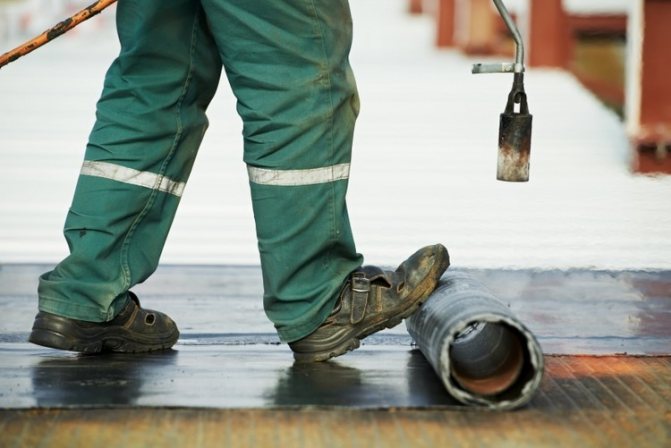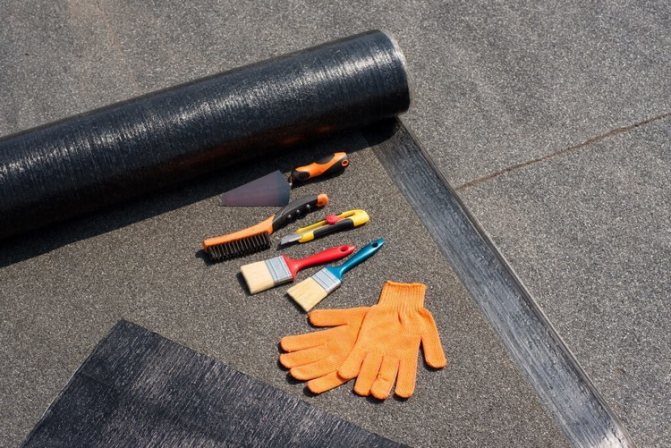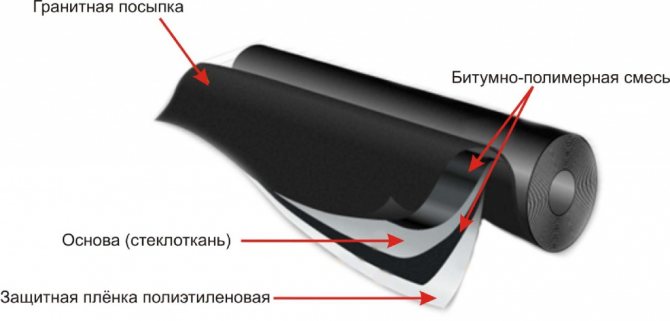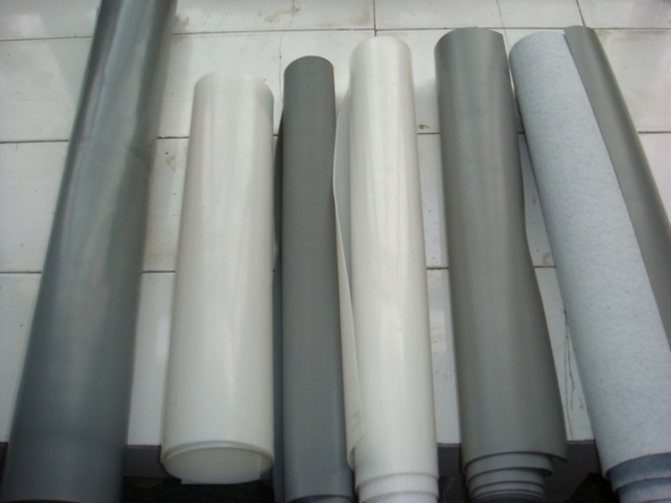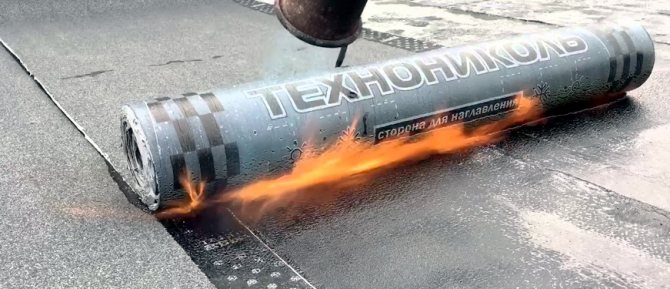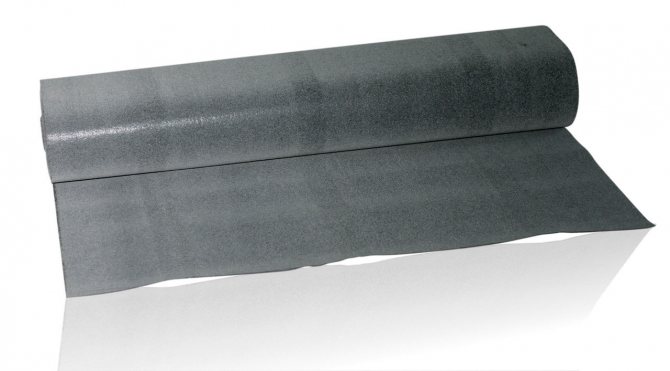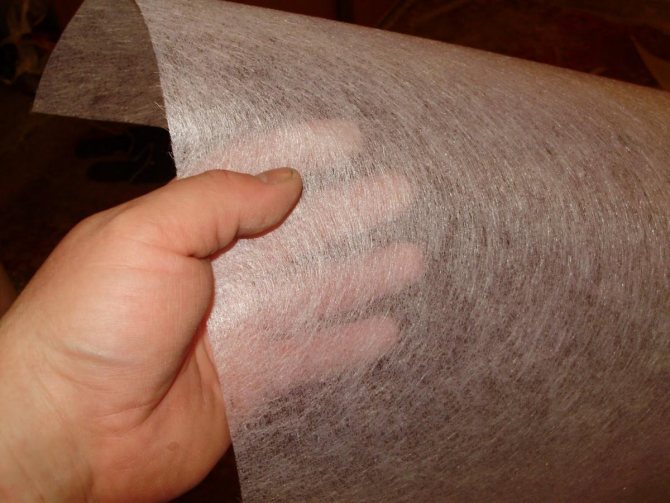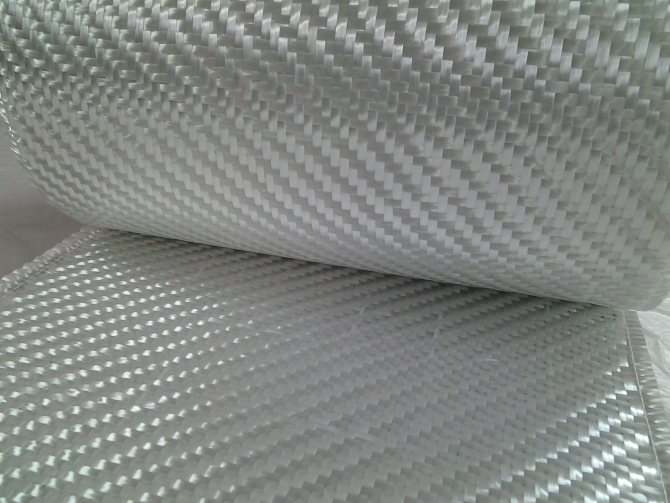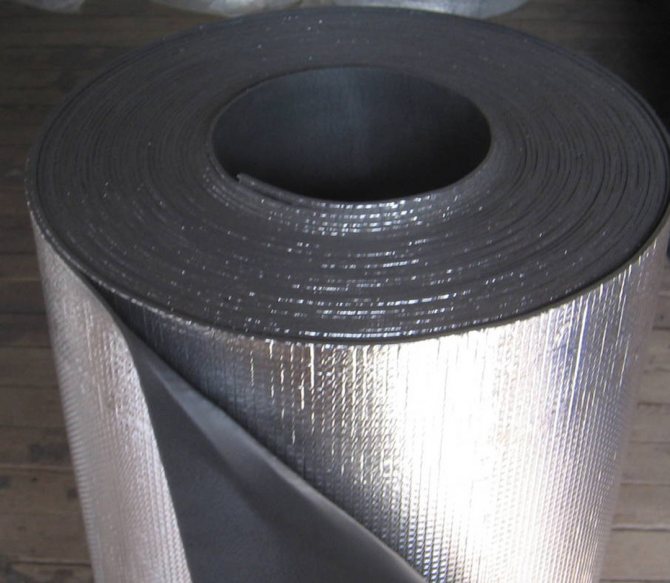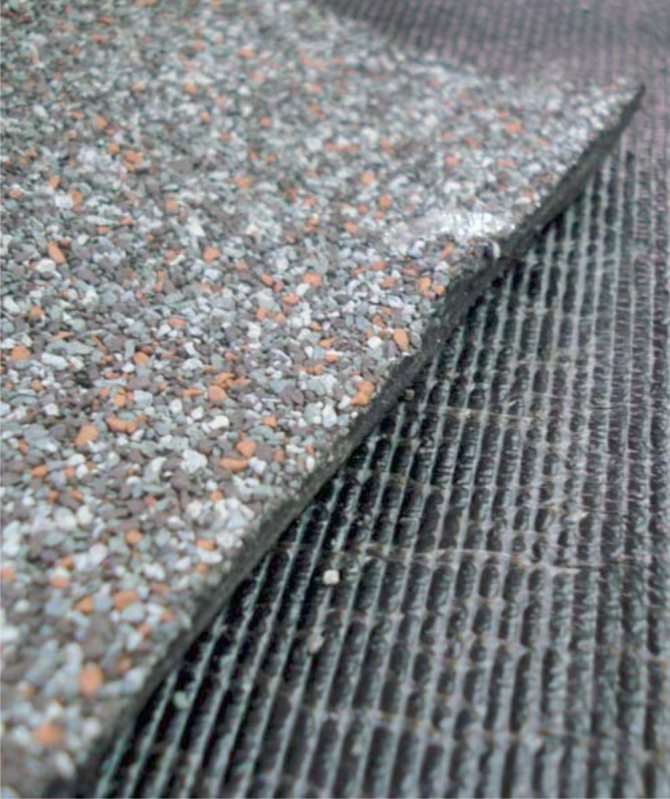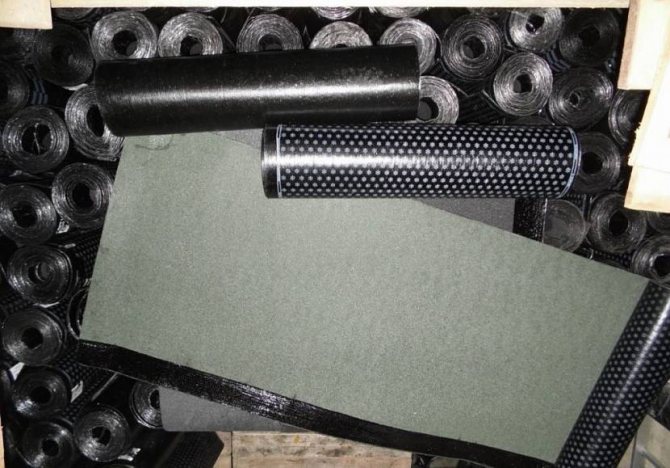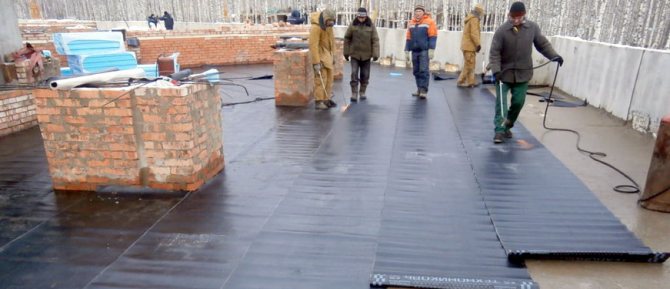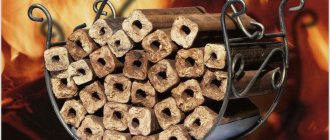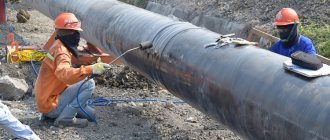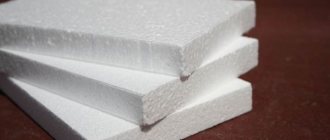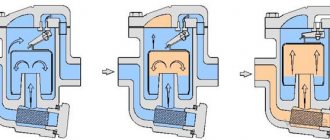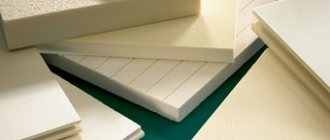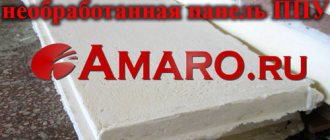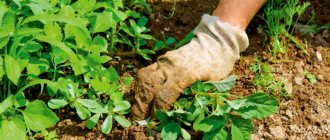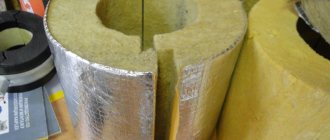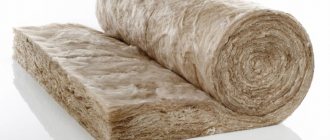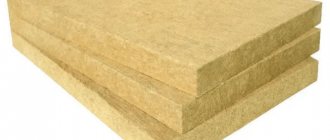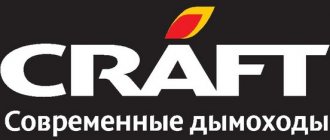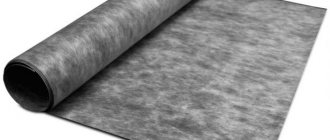What is waterproofing for?
The role of waterproofing in building a house is difficult to overestimate:
- Durability. High-quality building materials do not guarantee the safety of the elements of the house. To do this, it is necessary to protect the walls, foundation and roof from the harmful effects of water.
- Keeping warm in the house. Waterproofing is used in situations where multi-layer installation using thermal insulation materials is applied. If you do not create a barrier to groundwater or rainwater, the thermal insulation layer loses its properties and becomes useless.
Bonded roof waterproofing
When arranging a moisture-proof roof covering with welded materials, it is necessary to take into account what material they will be laid on. Usually the basis is:
- reinforced concrete slabs with seams sealed with high-quality sand-cement mortar;
- thermal insulation boards made of mineral wool;
- heat-insulating monolithic concrete layer or a layer of vermiculite, perlite, bonded with bitumen or cement mortar;
- monolithic cement-sand and asphalt concrete screeds;
- dry screeds laid in two layers, assembled from sheets of asbestos cement, cement-bonded particle boards, sheets of glass-magnesium. Prefabricated screed sheets must be solid. Self-tapping screws are not allowed.
In order to increase the service life of the roof, the base slope is provided for when installing the welded waterproofing. Bulk insulation materials (expanded clay, perlite, vermiculite) can serve as slope-forming materials. Lightweight concrete is also used: foam concrete, expanded polystyrene concrete, expanded clay concrete, perlite concrete. It is possible to use insulation slabs cut in the form of wedges and cement-sand mixtures. For a complete leveling of the surface formed by a too coarse fraction, sand is used.
If a profiled metal deck serves as the base for the waterproofing to be welded, only sheet materials can be sloping. It is prohibited to use concrete and loose mixes.
The screeds, which are the basis for the overlaid roofing waterproofing, must have temperature-shrinkage joints about 0.5 cm wide.Cement-sand screeds are divided by seams into squares of 6x6 m, asphalt concrete screeds - into sections of no more than 4x4 m. projection with seams of reinforced concrete slabs of the coating and monolithic heat-insulating layer.
In the zones adjacent to the vertical elements of the roof, inclined fillets with a height of 10 cm are created from cement-sand mortar, asphalt concrete, mineral slabs of sufficient rigidity. The fillet angle should be 45 °.
Immediately before laying the overlay waterproofing, the surface of the base is thoroughly cleaned of dust and other contaminants.
The weld material is rolled onto the base, then rolled to the middle. The bottom surface of the roll is gradually melted while the roll is rolled out and glued to the base. It is necessary to roll on the surfaced panel with a roller.
Roofing material - cheap and short-lived
A typical representative of roll materials is roofing material. The low cost of such waterproofing, unfortunately, does not provide durable protection. Usually the shelf life of roofing material does not exceed 10 years.
The main components of roofing material:
- cardboard, which plays the role of the basis for the main waterproofing agent;
- bitumen layer applied to cardboard and providing water resistance of the material;
- a sprinkling of stone chips that protects roofing material from mechanical stress and increases its strength.
The main problem in waterproofing with roofing material is the softening of the cardboard base with prolonged exposure to moisture. A loose structure quickly deteriorates, which is why all the material crumbles over time. Against the background of more expensive types of protection, roofing material is losing its popularity, but is still used for waterproofing technical structures such as sheds, temporary buildings and sheds.
Classes of waterproofing TechnoNIKOL, nomenclature
TechnoNIKOL Corporation produces a large line of roofing roll materials and all of them can be divided into classes (by service life).
| Class name | Service life, up to years | Series name |
| SUBECONOM | 5 | Stekloizol; rubemast; glassine; roofing felt |
| ECONOMY | 10 | Bikrost |
| STANDARD | 15 | Linocrom; linocrome REM TKP; bipole; bikroelast |
| BUSINESS | 25 | Uniflex; ecoflex |
| PREMIUM | 30 | Vapor barrier C; technoelast |
Uniflex and technoelast have a number of modified versions, which give the roofing properties that improve fire safety, ventilation, self-adhesive insulation of this brand is produced in different colors.
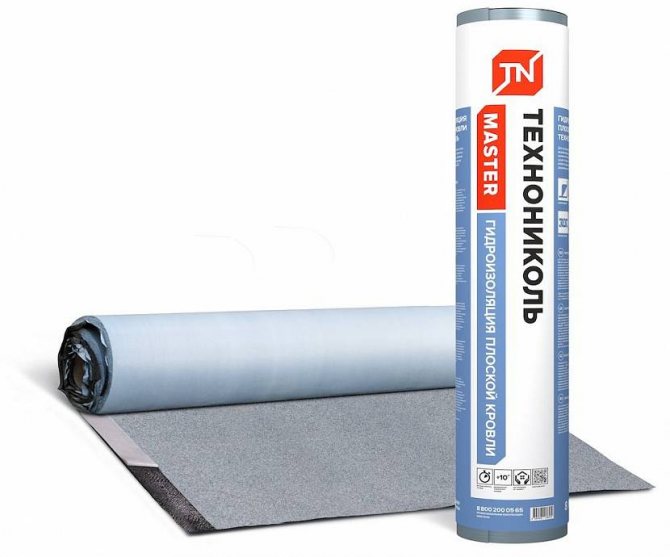
Waterproofing with a self-adhesive layer greatly simplifies its installation.
High quality bitumen roll materials
More technological types of roll waterproofing using durable materials as a basis have become a worthy alternative to the outdated roofing material:
- Fiberglass. The water resistance of the coating is provided by bitumen spraying, which is applied to a layer of fiberglass or fiberglass. To give the bituminous layer flexibility and strength, manufacturers add special modifiers.
Benefits:
- durability due to the resistance of fiberglass to decay after prolonged exposure to water, acids and alkalis.
- the ability to select material of different density and purpose;
- soundproofing;
- higher fire safety class;
- thermal stability due to the inclusion of various stabilizers in the bitumen layer, which ensure the softness of the layer during temperature fluctuations.
When choosing a fiberglass-based material, it is better to choose a denser material. In styling, it is more comfortable and smoother.
- Polyester.
Fiberglass is also used for the base of these materials, but with the addition of synthetic resins. This combination provides high elasticity and strength of the material in the event of deformation or tension. Such waterproofing is especially recommended for structures with complex shapes.Benefits:
- high elasticity and preservation of integrity under tension;
- durability, since the material is not subject to destruction in the aquatic environment;
- high resistance to temperature fluctuations, UV rays.
safety and environmental friendliness;
Material differentiation
This category of products is widely represented on the market. Manufacturers use different bases and technologies, due to which the materials have different service life and operating conditions.
The main classification includes the following types:
- roll;
- leafy;
- small-piece;
- bulk.
Of course, it is not a secret for anyone that the first type occupies a leading position in demand among other materials.
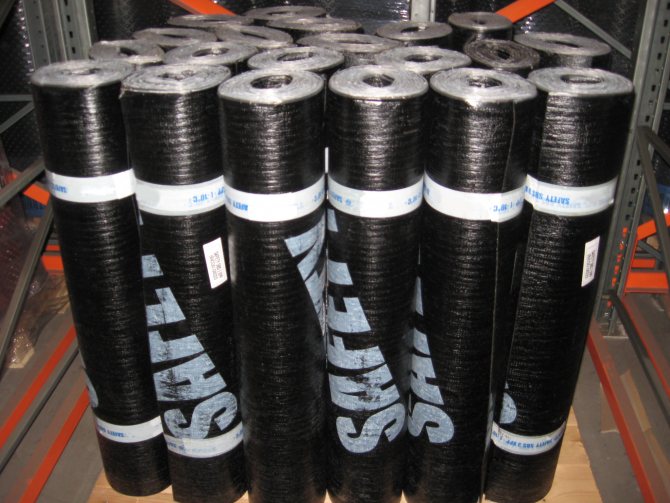

Rolled waterproofing is very easy to use.
They are great for flat roofs. The sheet product is more commonly used when builders need to cover a very large area. These are mainly large industrial workshops or other buildings.
The third type is small-piece materials. They are quite different in terms of price characteristics, but they have a long service life. Best suited for roofs with complex structural solutions.And another advantage is their attractive appearance. Roofs with this coating look very beautiful.
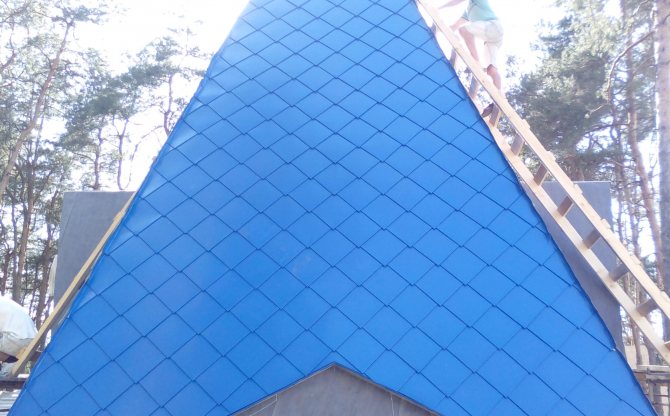

Small-piece products always look original.
Bulk materials are easy to use. They are very easy to apply to the roof surface. In addition, in the event of any defects, such a roof is very easy to repair.
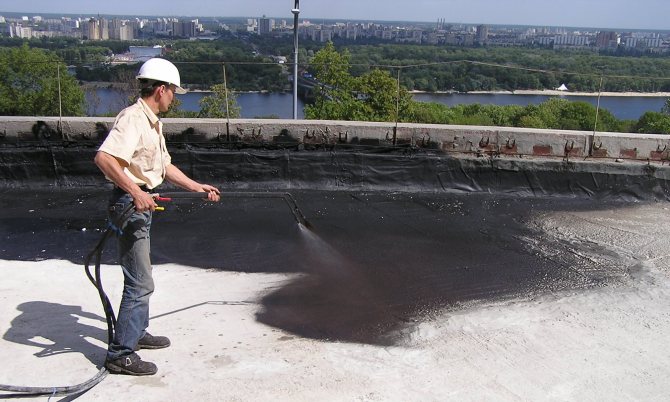

The most popular filling material is liquid rubber.
The use of polymers in production technology
Roll-type waterproofing materials using polymer modifiers have a high degree of thermal stability. Due to this property, they are recommended to be used for roof protection in hot climates. Some types of rolled waterproofing materials retain their elasticity and integrity when heated above 100 ° C and reduced to -40 ° C. For use in the middle zone, the more affordable euroruberoid, bikrost, uniflex, bipole are most often used. In the production of these materials, a technology is used, due to which bitumen is combined with polymer components and acquires flexibility, resistance to decay and elasticity.
The main functions that roll material should perform
This type of roofing is not in vain occupying a leading position among consumers. He meets almost all the requirements that are assigned to him:
- the material has a sufficiently high strength, is practically not subject to rupture and mechanical stress;
- has a sufficient degree of elongation and elasticity, while good performance is provided even at a temperature of -30 degrees Celsius;
- have good performance in terms of heat resistance, water absorption and impermeability;
- biostability is provided;
- resistance to high and low temperatures;
- fire resistance;
- high service life, which on average ranges from 15 to 25 years;
- availability.
The technology of their application and repair, if necessary, is quite simple.
Comparison of roll and mastic waterproofing
Features of laying bitumen roll waterproofing
Laying of the coating is carried out taking into account the peculiarities of the type of roll waterproofing. But there are general requirements that must be followed without fail.
- Surface preparation consists of thorough cleaning of dirt, debris and dust. This helps to create good adhesion of the protective layer to the structure. If there are any irregularities, cracks and protrusions, they are pre-sealed with a special plaster and treated with a primer.
- Measure the length of the pasting area and cut the required length from the roll.
- At the stage of laying the roll waterproofing, depending on the manufacturer's recommendations, use bitumen mastic for gluing the canvas or use other adhesives. Fused bitumen materials may require some skill from the craftsman. The rolled-up web is laid at the beginning of the surface to be treated, the adhesive side is heated with a gas burner and the web is leveled. To create high-quality protection and good adhesion over the entire plane, you should evenly heat the adhesive side of the material and press the web against the surface. Close attention should be paid to the joints of the canvases, a poor-quality connection can cause problems with wetting the walls or roof.
Installation options for waterproofing materials
There are several basic methods of installing TechnoNIKOL roll waterproofing, differing from each other in technology. These include decking, fusing and gluing.
The easiest way to install is to lay the insulating material without further fixing it.Basically, this is how films and membranes are mounted that do not have an adhesive backing. Bituminous waterproofing materials are rarely installed using a simple flooring method. If the layer of insulating material is laid on logs or a wooden base, then the sheets or strips of insulation can be fastened using self-tapping screws.
Here it is best to use dense types of waterproofing materials, and the attachment points with self-tapping screws must be carefully processed using special mastics. This is necessary to prevent the penetration of moisture under the waterproofing layer and to prevent the development of fungus and putrefactive processes of the base.
Another method suitable for installing roll-on bitumen waterproofing is fusion. Using this method, it is possible to obtain a monolithic and completely sealed coating, however, in view of the flammability of the material during operation, it is very important to comply with all existing safety rules.
The fusion method is used to install any waterproofing, which includes bitumen and mastics, which easily melt under the influence of elevated temperatures. The connection of the waterproofing layer with the base is carried out by the method of thermal adhesion. Such a coating is reliable, however, if necessary, dismantling it can be somewhat difficult. It should be noted that an open flame is used only when laying a layer of waterproofing material on concrete. When mounting on a tree, only a heat gun can be used.
Some types of waterproofing based on modified bitumen are installed only by fusion. Materials with a base of glass fiber, glass cloth and polyester (in the presence of a lower protective film made of polymer, which is low-melting), can also be mounted using fusion.
Bonding waterproofing is a more versatile method. With its help, waterproofing with roll materials can be carried out on any base located both in the horizontal and vertical planes. For the gluing method, materials with a layer of glue are very convenient to use. Before installation, it is enough just to remove the protective film and apply the waterproofing layer to the base. It is also possible to glue waterproofing using a variety of compounds and mastics, which are applied directly to the base. In the case of the viscosity of the adhesive, it is heated 20-30 degrees above the ambient temperature.
Advantages of roll waterproofing
Despite its requirements for surface preparation and the need for cutting out and measuring, roll waterproofing has many advantages.
The composition of the roll deposited material
Several types of materials are used to create the base of rolls:
- Fiberglass belongs to inelastic materials, it is a weave of glass threads. Fiberglass is characterized by significant tensile strength.
- Fiberglass is a non-woven material with a random interlacing of glass threads, has low elasticity and a fairly significant tensile strength.
- Polyester is made from randomly spaced polyester fibers. This base is the most expensive, the most reliable, with high tensile strength.
In the role of a binder, bituminous materials and bitumen with polymer additives are used.
From above, the material to be welded can have a stone dressing, from the bottom - a protective polyethylene film
Polymer modifiers are used to increase resistance to low temperatures and heat, increase elasticity, ability to resist stress, durability of the binder and the entire material as a whole. The most popular polymer additives are SBS and APP.
- SBS is an artificial rubber It gives the binder flexibility that remains at sub-zero temperatures. The elasticity of baseless synthetic rubbers is unique and allows the material to stretch up to 20 times. Heat resistance reaches + 100 ° C. The coatings have excellent adhesion to the substrate and are resistant to alternating loads.
- In terms of physical and mechanical characteristics, the APP additive is close to thermoplastics. The APP modifier makes bitumen flexible, UV and heat resistant. The high melting point of APP bitumen makes it suitable for use in hot climates.
How to choose the type of roll material for waterproofing
The choice of material should be based on the following criteria:
- the degree of durability, which is determined by the shelf life on the package;
- the ability to maintain its properties under prolonged exposure to UV rays, which is important in case of direct contact with solar radiation;
- strength and ability to withstand the pressure of water in the case of pasting the foundation and walls of basements;
- cost is a rather conditional criterion, since a high price does not always guarantee quality;
- ease of installation (materials on an adhesive basis are convenient, which do not require the use of bituminous mastics).
The choice of a specific type of bituminous roll waterproofing depends on the room in which it will be performed. High-quality waterproofing assumes durable and effective protection of the premises from water ingress from the street.
Features of welded waterproofing
Fusion waterproofing is a type of gluing. It sticks to the surface when the outer layer melts, for which the material must be heated. It is enough to cover the surface with the material and heat, as a result, after cooling, an impermeable coating with a long service life is obtained.
A feature of the deposited materials is their good performance under the conditions of the pressing pressure. If pull-off pressure is expected, it is better to refuse this type of waterproofing. For this reason, surfacing waterproofing is mainly used in the arrangement of:
- roofs;
- foundation;
- floor.
For the ceiling and walls, it is practically not used.
Storage and transportation rules
When storing rolled waterproofing, it is necessary to observe a number of rules - the rolls must be installed in a vertical position, access to them for moisture and direct sunlight must be blocked. The heat source should be located more than a meter from the rolls.
Roll waterproofing is recommended to be stored in an upright position.
The waterproofing material is transported in covered transport, preferably in an upright state. When installed vertically, the number of rows in height is no more than two. For horizontal transportation, no more than five rolls in height are allowed.

